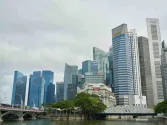
Financing the future: How blended finance is powering Southeast Asia’s clean energy transition
By Kitty BuBlended finance tools are emerging as critical enablers in Southeast Asia’s energy transition.
Southeast Asia, home to over 675 million people, stands at a critical juncture in the global climate effort. Whilst it is one of the fastest-growing regions in terms of energy demand, it is also one of the most climate-vulnerable regions in the world.
At the same time, the region’s immense potential for renewable energy development presents a unique opportunity to sustain the growth trajectory whilst minimising climate risks. Countries such as Vietnam, Indonesia, and the Philippines are especially well-placed to lead the transition, with abundant solar, wind, hydro, and geothermal energy resources.
The challenge lies in harnessing these natural advantages to accelerate the transition. Many Southeast Asian nations face uncertain regulatory environments, fragmented infrastructure, and high capital costs associated with clean energy projects—factors that make it difficult to attract the necessary investment. To unlock the speed and scale required for accelerating the transition, the region must close a significant financing gap.
Bridging the investment gap
Blended finance tools are emerging as critical enablers in Southeast Asia’s energy transition. By combining public, private, and philanthropic capital, blended finance structures reduce investment risks, attract commercial funding, and create scalable solutions.
This approach has already proven effective in reducing the financing gap for large-scale renewable projects, making them viable in emerging markets. By leveraging diverse funding sources, this approach not only fosters innovation but also reduces investment risks, enhances project bankability, and accelerates the deployment of clean energy solutions.
In Vietnam, for example, there is support towards breakthrough innovations, such as battery energy storage systems (BESS) through collaboration with key stakeholders. Enhancing Access to BESS for Low-carbon Economies (ENABLE)—a platform that leverages co-financing and technical expertise to accelerate BESS uptake across the region. The goal is to enhance the nation’s grid stability whilst advancing the integration of intermittent renewable sources.
These investments are not just about energy security but also about economic resilience, sustainable livelihoods, reducing carbon emissions, and improving air quality.
Investing for impact: Enabling a just, people-positive transition
Accelerating the transition is only part of the equation. Emerging economies like Southeast Asia also face the challenge of ensuring universal access to reliable, affordable electricity.
Decentralised renewable energy (DRE) solutions offer a practical path to reach underserved communities, yet cost and logistical barriers often stand in the way.
Here, the risk-absorbing capacity of blended finance becomes a critical lever for community empowerment. It helps channel capital to where it is needed most—powering schools, health clinics, irrigation systems, and small businesses, whilst reducing dependence on polluting diesel generators.
In Indonesia, for example, mini-grids are helping local enterprises flourish, improving livelihoods, and stimulating rural economies. These benefits are especially pronounced for women, who are disproportionately affected by energy poverty but stand to benefit significantly when access to clean energy improves.
Collaboration for impact
Achieving a just and inclusive energy transition requires coordinated action across governments, development agencies, financial institutions, philanthropies, and the private sector.
A promising example of this collaborative approach is the Financing Asia’s Transition Partnership (FAST-P). FAST-P aims to unlock catalytic capital for clean energy projects by using blended finance to de-risk investments and accelerate development in emerging markets.
FAST-P serves as a replicable model of what a collaborative approach can achieve when public, private, and philanthropic actors decide to come together to overcome financial bottlenecks and reduce perceived investment risks. By blending concessional capital from governments and multilateral institutions with private sector funds, FAST-P aims to create bankable projects that can attract large-scale investments, ultimately accelerating the region’s clean energy transition.
As the world looks ahead to COP30 in Brazil in November, Southeast Asia has a unique opportunity to showcase what is possible when climate ambition meets local innovation and international partnership. With the right capital, supportive policies, and collaborative spirit, the region can build a more resilient, inclusive, and low-carbon energy future, demonstrating the real-world impact of innovative financing models like FAST-P.



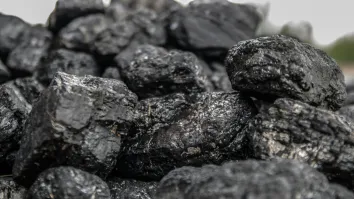
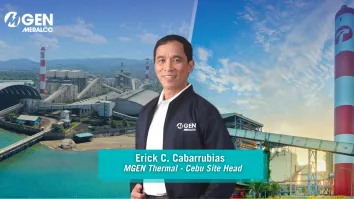
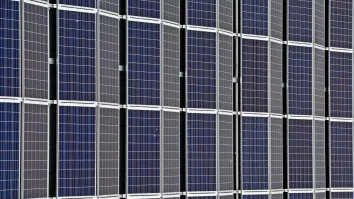
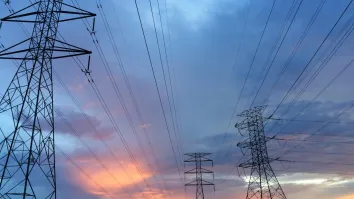

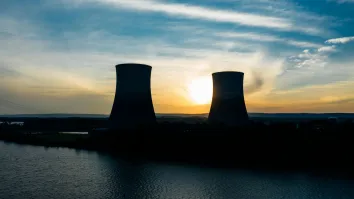
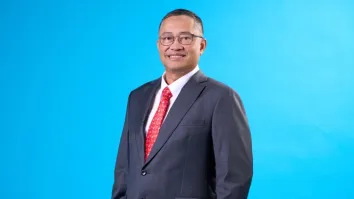
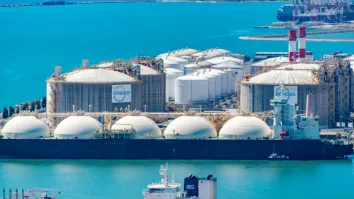
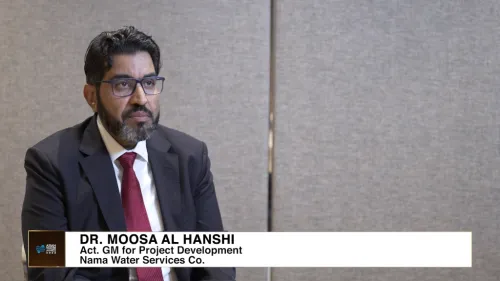
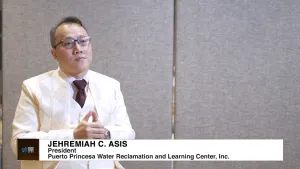
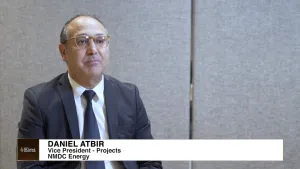
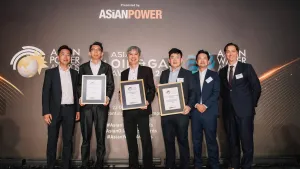
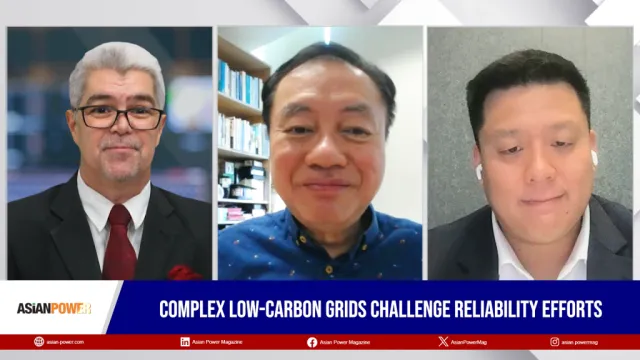

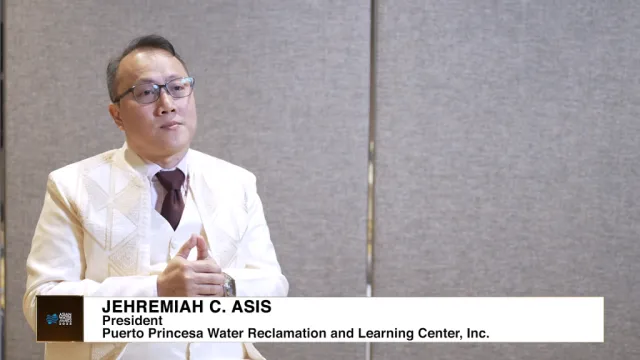
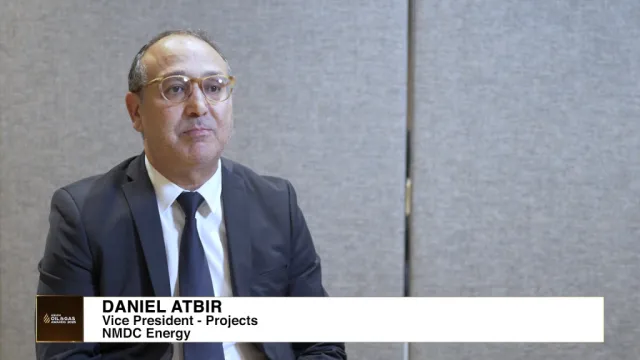

 Advertise
Advertise

